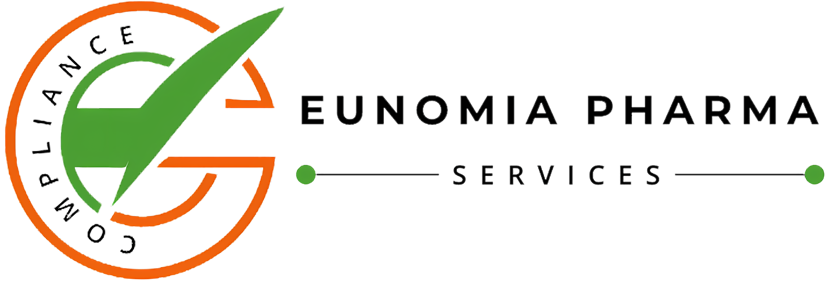Different People, Different Learning Styles
Bloom’s Taxonomy: Moving Beyond Knowledge
The Common Challenges in Compliance Training
Pharma and biotech organizations often face hurdles that limit the effectiveness of their training:
- Regulatory complexity across global and local codes.
- Dense and technical content that is hard to digest.
- A focus on quantity over quality, leading to fatigue.
- Training not adapted to different learning styles or job roles.
- A perception that compliance is a “tick-the-box” exercise rather than relevant to daily tasks.
- Lack of practical takeaways learners can implement.
- Limited operational structures to reinforce learning.
Addressing these barriers is key to making compliance training both meaningful and impactful.
What Makes Training Effective
Strong compliance programs often share several characteristics:
- Clarity: Simplifying legal and regulatory requirements into accessible, accurate learning material.
- Bite-sized content: Breaking down complex topics into short modules with scenario-based examples.
- Engagement: Using interactivity, gamification, and discussions to maintain learner attention.
- Tailoring: Designing programs that meet the needs of different roles—whether it’s general onboarding, advanced medical signatory certification, or system-specific training.
- Practical focus: Emphasizing real-world applications that demonstrate why compliance matters to each role.
- Actionable insights: Measuring outcomes and providing data-driven feedback to improve future training.
These elements turn compliance training from a mandatory exercise into a valuable professional tool.
Conclusion
Effective healthcare compliance training balances regulatory accuracy with engaging, practical delivery. It accounts for different learning styles, aims for the “Apply” level of Bloom’s Taxonomy, and addresses the real-world challenges learners face. When done well, it supports not just knowledge but behavioral change—ensuring ethical practices, protecting patients, and maintaining trust in the pharmaceutical and healthcare industries.
At Eunomia Pharma Services, we support organizations in designing and delivering training programs that are clear, engaging, and tailored to role-specific needs—helping teams navigate compliance with confidence.




